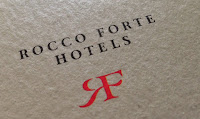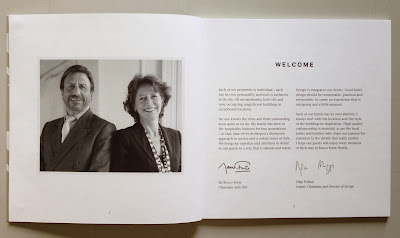This is an extraordinary book showing the work of an extraordinary artist. Throughout the 1950's and 60's Saul Leiter was a highly regarded and well known fashion photographer. His work, associated with other associated contemporary photographers, came to be recognized as the 'New York School' of photography.
 More recently, in the early 2000's, with a resurgent interest in his work, Saul Leiter came to the fore as one of the most accomplished colour photographers of the 20th century. Few of those familiar with his photography are aware that over many years he created a formidable body of paintings and more remarkably, painted photographs.
More recently, in the early 2000's, with a resurgent interest in his work, Saul Leiter came to the fore as one of the most accomplished colour photographers of the 20th century. Few of those familiar with his photography are aware that over many years he created a formidable body of paintings and more remarkably, painted photographs.
This superbly produced book is the first ever publication dedicated to this largely unknown part of Leiter’s work which he produced over the course of four decades.
 The size of the book is 260x210mm, portrait and casebound. There is a 'tipped in' image printed in four colour, mounted into a 'plate sunk' panel on the front cover, which is also hot foil blocked in two colours. The case is covered with a self coloured, linen embossed bookcovering paper in a deep, rich, red.
The size of the book is 260x210mm, portrait and casebound. There is a 'tipped in' image printed in four colour, mounted into a 'plate sunk' panel on the front cover, which is also hot foil blocked in two colours. The case is covered with a self coloured, linen embossed bookcovering paper in a deep, rich, red.
The 160pp book contains a selection of more than 70 painted photographs "intimate, brilliantly coloured pieces that marry Leiter’s two artistic passions. Produced over the course of four decades, these fiercely expressive nudes are a testament to Leiter’s intuitive sense of colour and composition, and showcase a great 20th century artist at his resplendent best."
The foreword by Margit Erb, from the Saul Leiter Foundation in New York is followed by an essay by Mona Gainer-Salim. These incredibly expressive images are in dispersed with passages from various relevant texts.
The majority of spreads are full colour images bleeding off the page which are discretely merged with other images set within solid colour panels, which are printed out of four colour process.
The text is printed on our Neptune Unique SoftWhite 120gsm, an uncoated off-white, smooth (yet tactile) text and cover paper - the printed result is simply fantastic.
The book is beautifully bound (section sewn) and has a 14mm spine. Binding is by Boekbinderij Van Waarden in the Netherlands utilising a special 'lay-flat' technique which retains the integrity of the section sewing thread but without having to 'fight' with the binding! it lays nice and flat...
...as you can see from the below image.
The book is published by Sylph Editions. Design is by Ornan Rotem and production is by Num Stibbe.
Scanning is by Laumont Studio (New York) and the book is typeset in Trinité. The superb printing is offset litho on a Komori H-UV press and is printed by Cassochrome in Belgium. The printed result on this uncoated substrate is simply superb, which combined with the superlative binding makes this a piece of print that is seriously noteworthy.
http://www.sylpheditions.com/Books/painted_nudes.html
http://www.sylpheditions.com/
http://www.csc.be/
http://www.boekbinderijvanwaarden.nl/index.en.html
Posted by Justin Hobson 22.05.2015































































